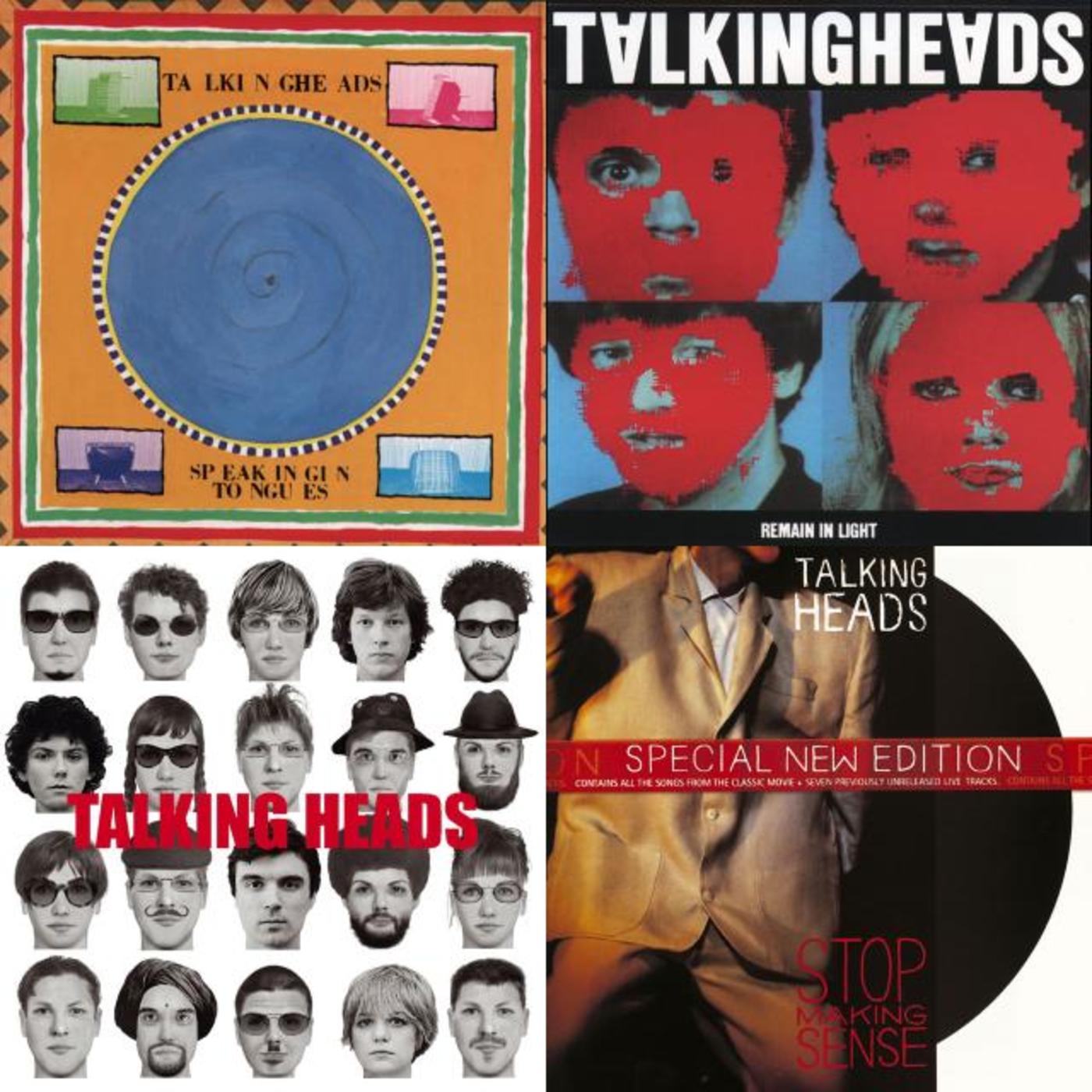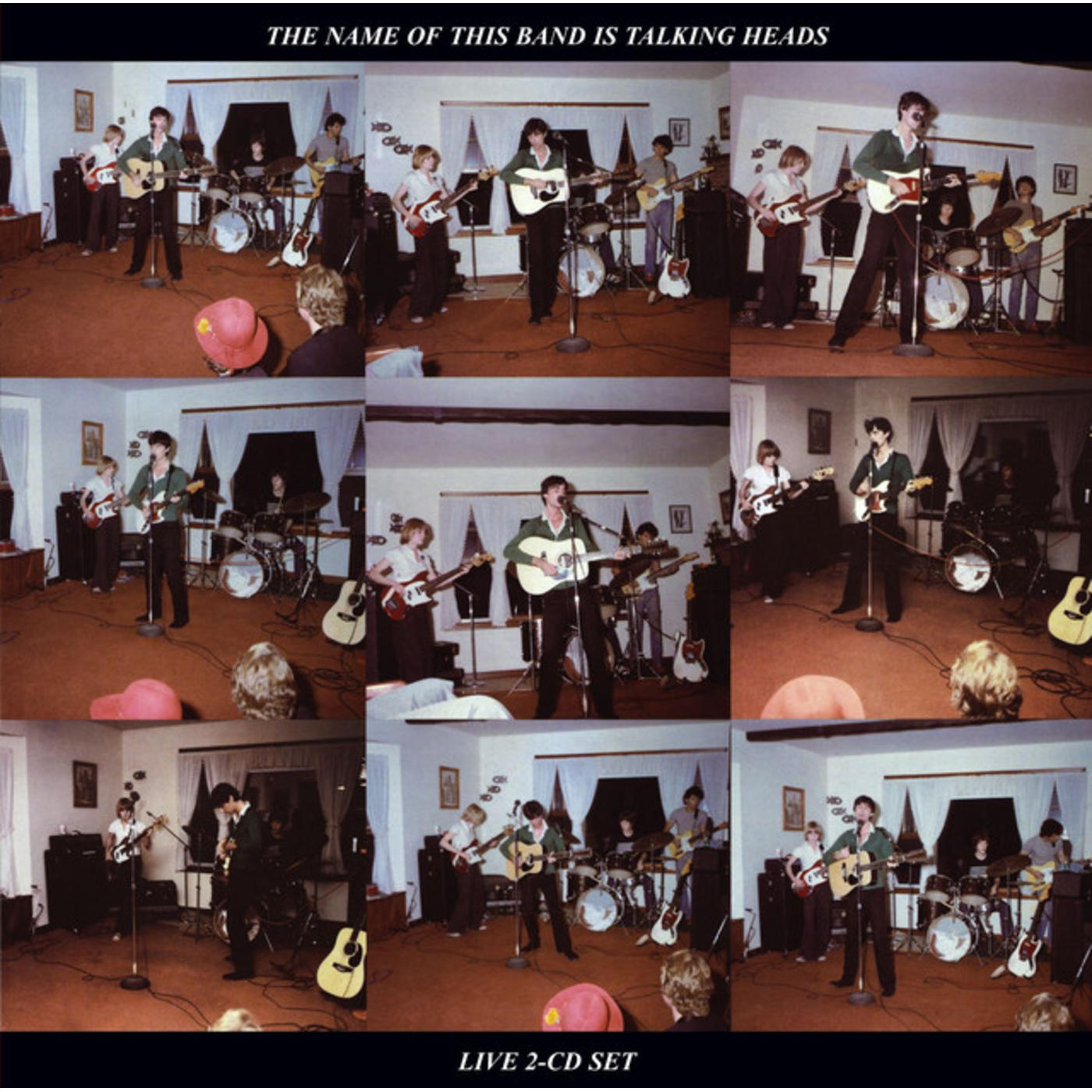Apocalypse, Wow: Inside Talking Heads' FEAR OF MUSIC

For Talking Heads, it was a predicament that no one could have predicted. After the band's cover of Al Green's "Take Me to the River" crashed the top 40 to peak at #26 on the Hot 100, David Byrne and company found themselves performing for Dick Clark on TV show institution, American Bandstand. Getting so close to pop stardom found the group eager to buck convention and head into an entirely different direction.
"Sometimes people from radio stations tell us we should sound more like the Cars," drummer Chris Frantz told CREEM magazine in October 1979. "These dumb FM radio people say, 'You guys are great, but you should get smart like The Cars and use (producer) Roy Thomas Baker.' At that point we get up and leave."
Instead, they reconvened with Brian Eno for a second time and crafted a paranoid classic that looked at bicentennial America through a dystopian lens. The album's themes of isolation, dread, and impending doom offered a terrifying look at surviving in a collapsed society. The mood was encapsulated in the album's lead single, "Life During Wartime." Bryne broke down his grim view of America's future to NME in 1979:
"There will be chronic food shortages and gas shortages and people will live in hovels. Paradoxically, they'll be surrounded by computers the size of wrist watches. Calculators will be cheap. It'll be as easy to hook up your computer with a central television bank as it is to get the week's groceries. I think we'll be cushioned by amazing technological development and sitting on Salvation Army furniture. Everything else will be crumbling. Government surveillance becomes inevitable because there's this dilemma when you have an increase in information storage. A lot of it is for your convenience - but as more information gets on file, it's bound to be misused."
The record's second single, "I Zimbra," featured Robert Fripp on guitar and set the stage for the band's following full-length, Remain in Light. Third single "Cities" came with echoes of "Life During Wartime," as Bryne contemplated various places to dwell during the album's dystopian times.
Released August 3, 1979, Fear of Music was a critical and commercial breakthrough; critics positioned the LP near or at the top of prestigious editorial polls, while the record climbed all the way to #21 on the Billboard 200 for the week of November 3, 1979. The #1 album in America that week: the Eagles' The Long Run.


